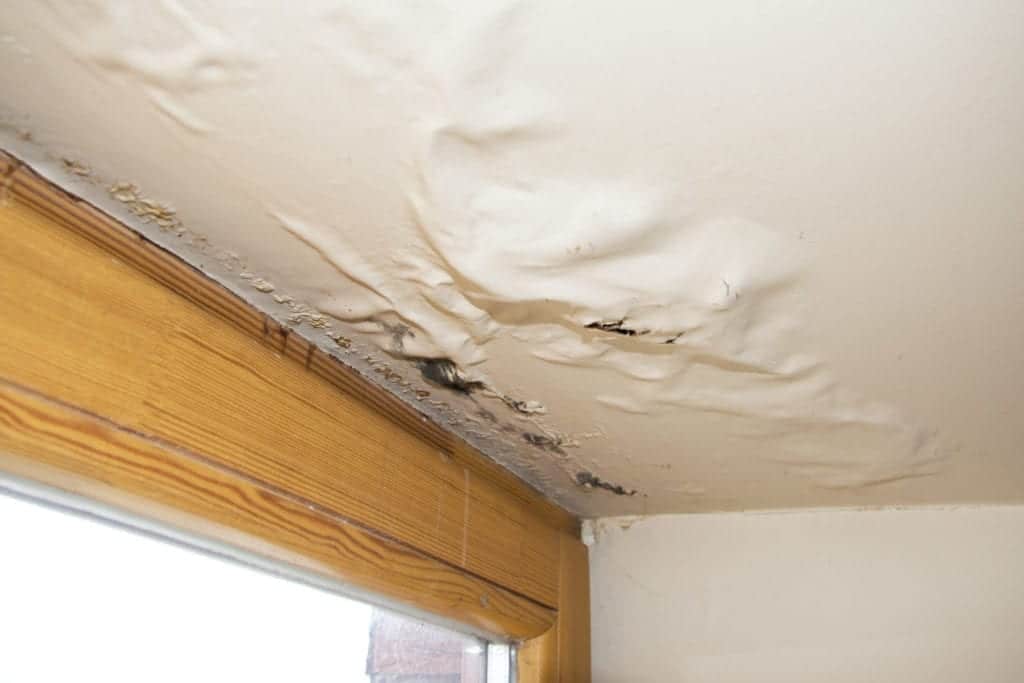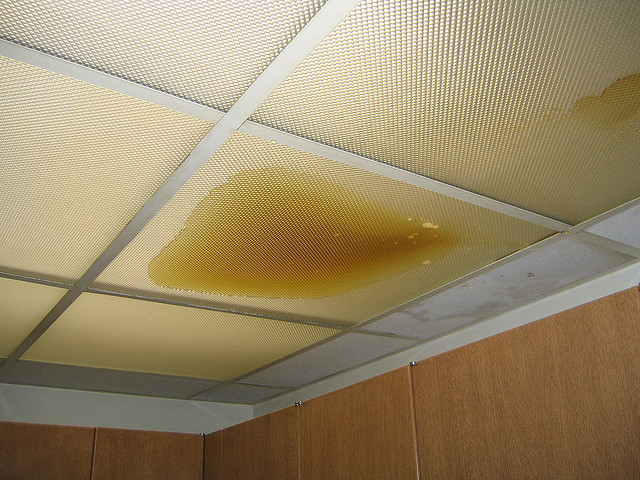What're your opinions concerning Locating water leaks?

Early detection of dripping water lines can alleviate a potential calamity. Some tiny water leakages may not be noticeable.
1. Take A Look At the Water Meter
Every house has a water meter. Examining it is a surefire manner in which helps you find leakages. For starters, switch off all the water resources. Make certain nobody will flush, make use of the faucet, shower, run the washing equipment or dishwasher. From there, go to the meter and also watch if it will certainly change. Considering that nobody is using it, there should be no activities. If it moves, that indicates a fast-moving leakage. Also, if you discover no changes, wait an hour or two and also inspect back once again. This suggests you may have a slow leakage that could even be underground.
2. Inspect Water Consumption
If you detect abrupt changes, in spite of your intake being the same, it implies that you have leakages in your plumbing system. A sudden spike in your bill suggests a fast-moving leakage.
A constant rise every month, even with the same habits, reveals you have a slow-moving leakage that's additionally gradually intensifying. Call a plumber to thoroughly check your residential or commercial property, especially if you feel a cozy area on your floor with piping below.
3. Do a Food Coloring Examination
When it comes to water consumption, 30% comes from commodes. If the shade somehow infiltrates your dish throughout that time without flushing, there's a leak in between the storage tank and dish.
4. Asses Outside Lines
Do not neglect to examine your outdoor water lines too. Should water permeate out of the connection, you have a loosened rubber gasket. One small leakage can lose lots of water and surge your water expense.
5. Analyze the circumstance and check
Homeowners must make it a habit to inspect under the sink counters and also even inside cabinets for any kind of bad odor or mold and mildew development. These 2 red flags indicate a leakage so punctual focus is required. Doing routine examinations, also bi-annually, can save you from a major issue.
A lot more notably, if you recognize your residence is already old, keep a watchful eye on your heaters, pipes, pipelines and so on. Check for discolorations and weakening as most devices and also pipes have a life expectancy. They will additionally normally weaken due to damage. If you suspect dripping water lines in your plumbing system, don't await it to intensify. Call a professional plumber right away so you do not wind up with a horrible mess in your home.
Early detection of dripping water lines can minimize a potential disaster. Some small water leakages might not be noticeable. Checking it is a surefire method that assists you find leakages. One tiny leak can lose heaps of water and also increase your water costs.
If you believe dripping water lines in your plumbing system, do not wait for it to rise.
WARNING SIGNS OF WATER LEAKAGE BEHIND THE WALL
PERSISTENT MUSTY ODORS
As water slowly drips from a leaky pipe inside the wall, flooring and sheetrock stay damp and develop an odor similar to wet cardboard. It generates a musty smell that can help you find hidden leaks.
MOLD IN UNUSUAL AREAS
Mold usually grows in wet areas like kitchens, baths and laundry rooms. If you spot the stuff on walls or baseboards in other rooms of the house, it’s a good indicator of undetected water leaks.
STAINS THAT GROW
When mold thrives around a leaky pipe, it sometimes takes hold on the inside surface of the affected wall. A growing stain on otherwise clean sheetrock is often your sign of a hidden plumbing problem.
PEELING OR BUBBLING WALLPAPER / PAINT
This clue is easy to miss in rooms that don’t get much use. When you see wallpaper separating along seams or paint bubbling or flaking off the wall, blame sheetrock that stays wet because of an undetected leak.
BUCKLED CEILINGS AND STAINED FLOORS
If ceilings or floors in bathrooms, kitchens or laundry areas develop structural problems, don’t rule out constant damp inside the walls. Wet sheetrock can affect adjacent framing, flooring and ceilings.
https://www.servicemasterbyzaba.com/blog/how-to-detect-water-leakage-in-walls/

Hopefully you liked our excerpt on Top leak detection hacks. Thanks a ton for taking a few minutes to read our blog. Remember to take the opportunity to share this blog posting if you enjoyed it. Thanks for your time. Please pay a visit to our blog back soon.